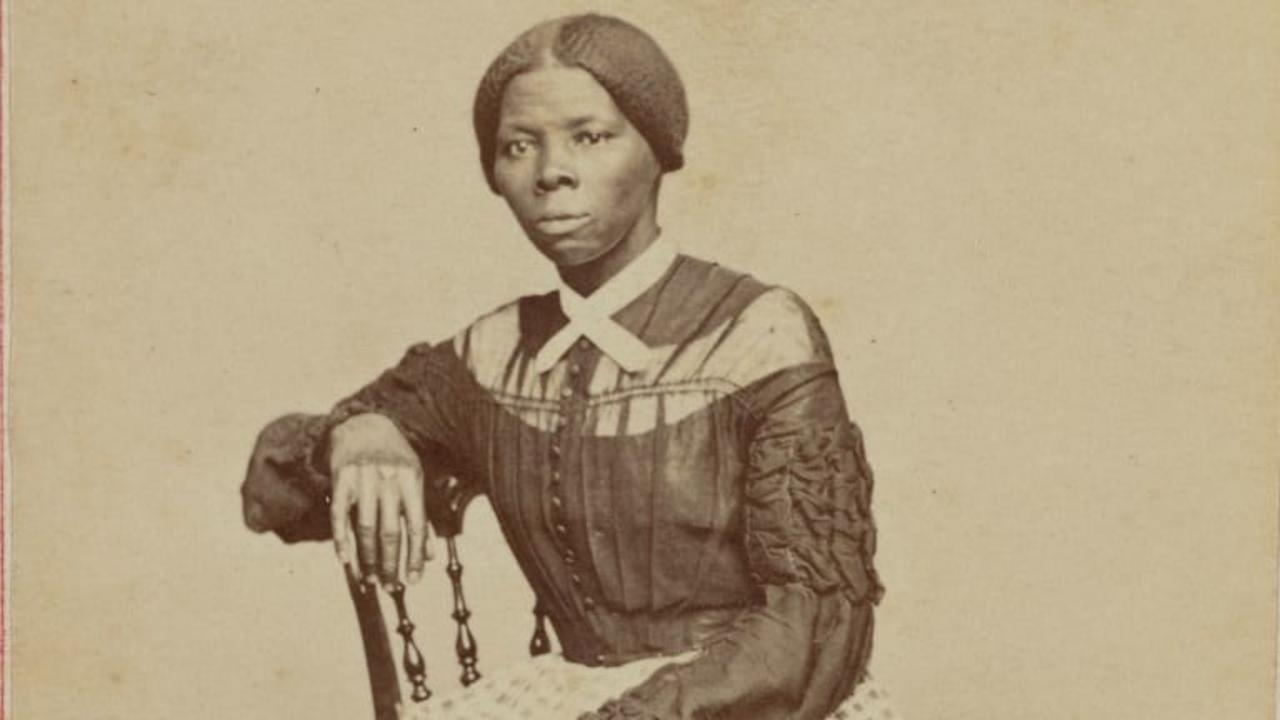'Harriet' Movie Review

Watching a movie that depicts the life of a brave, heroic American is interesting. However, watching this same movie with my favorite teenager is enriching. It gave us an opportunity to have a discussion about a woman who demonstrated resilience and clarity of mission.
‘Harriet’ is a biopic; a film that dramatizes the life of a non-fictional or historically-based person or people. Such films show the life of a historical person and the central character's real name is used.
This movie although not perfect, was perfect as a catalyst for an engaging conversation about Harriet Tubman with my son.

The movie begins on a Maryland plantation in 1849 where Harriet Tubman played by Cynthia Erivo, a slave in her early twenties and her newlywed husband John are blissfully enjoying one another's company.
Cynthia Erivo's tiny frame fills up the screen with her tenacious depiction of Harriet Tubman upholding the idea that God doesn't intend for people to own people.
Click on the photo below to watch my recorded review of the movie, 'Harriet'.
Harriet, who was originally called 'Minty' was under the mistaken impression that her slave owner would honor his father's word. Apparently, the slave owner's dead father agreed to set Harriet's mother free when she reached the age of 45. John, a free black man in 1849 sought the advice of a lawyer to present the documentation. The slave owner didn't take too kindly to John's interference.
The movie takes off from there.
Over the course of the movie Minty changes her name to 'Harriet' and takes her husband's last name, 'Tubman'.
She escapes from the horrors of Slavery by walking 100 miles from Maryland using the Underground Railroad to get to Pennsylvania and Canada. If that's an not amazing feat, the fact that over the course of 10 years she returned to Maryland more than 13 times to help about 70 slaves escape their horrific conditions.
What I didn't like about the Movie:
1. Controversial changing of history by introducing a black male slave catcher as a bounty hunter tracking runaway slave. The director and and screen players writers somehow that making a black man a villain and a white man a savior in a movie about Harriet Tubman a good idea. I don't like this at all. It's just not historically factual.
2. I wanted an explanation for all of the free black people walking around.
What I liked about the Movie:
1. A movie loosely depicting Harriet Tubman’s life is finally on the big screen.
2. Harriet Tubman was accurately depicted as a leader.
3. The writers attempted to show her full life; that of a resilient woman of deep faith, a devoted daughter, an effective communicator, an orator, and a fearless leader. The fact that they showed Harriet Tubman kissing her husband John Tubman added to the overall idea that slaves could genuinely love and care from one another; although her husband was a free man.
4. I liked the depiction of The Underground Railroad. Showing the details of the network of secret routes and safe houses that were established in the United States during the early to mid-19 century that slaves used to escape into free states and Canada was very insightful.
This demonstrated that every white man or woman did not agree with the concept of slavery. The scheme was assisted by abolitionists and others sympathetic to the cause of the escapees. Otherwise, there would be no escaping.
5. Her love for her family relationships is what fueled her to escape and to return to help others escape slavery.
6. This proud Army Veteran loved that the movie covered the fact that Harriet Tubman served in the Army.
Tubman was the first woman to lead an assault during the Civil War. She conducted the Combahee River Raid which set free 700 slaves.
She was buried with military honors at Fort Hill Cemetery in Auburn, New York.
7. I appreciated how the writers attempted to show the various perspectives of:
- Slaves didn’t want to be enslaved
- Slaves who wouldn’t run away
- Slave owners and the economic impact of treating men, women, boys and girls inhumanely to keep their way of life in tact.
- Black folks who were born free
- Black folks who were born slaves and at some point gained their freedom
8. The music was amazing; both as demonstrated as a way ‘Harriet’ communicated with other slaves and the musical score for the movie.
Overall, the movie doesn't seem to be about slavery. It seems to be about a hero who lived more than 90 years.
With all of the discussion online and face-to-face, I recommend you watch the movie. Take what you need from it. Conduct your own research about Harriet Tubman. That is my take away. Let's learn more and share more about Harriet Tubman, the brave and resilient leader who changed the course of history for almost 800 enslaved men, women, boys and girls.
Let me know what you think. I'm not interested in your opinion of what someone else thinks.
I'm rooting for you!
Angela
P.S.
If you want to know about your personal leadership style click HERE
 ABOUT THE AUTHOR
ABOUT THE AUTHOR
Angela M. Odom is a leadership coach and an author of BRONCO STRONG: A Memoir of the Last Deployed Personnel Services Battalion and a contributor to Camouflaged Sisters: Leadership Through The Eyes of Senior Military Women Leaders
ONLINE: ANGELA M. ODOM I Instagram I Facebook I LinkedIn I Twitter I You Tube


